Clean vegetable growing plastic trays have become a smart choice for many urban families who want to “grow their own greens and take control of their nutrition.” With just a few plastic trays, some clean soil, and a small balcony corner, you can easily create a lush, safe, and budget-friendly vegetable garden at home.
In this guide, SIAM Brothers Vietnam will walk you through a simple and practical method to grow clean vegetables at home using plastic trays — even if you’ve never gardened before!
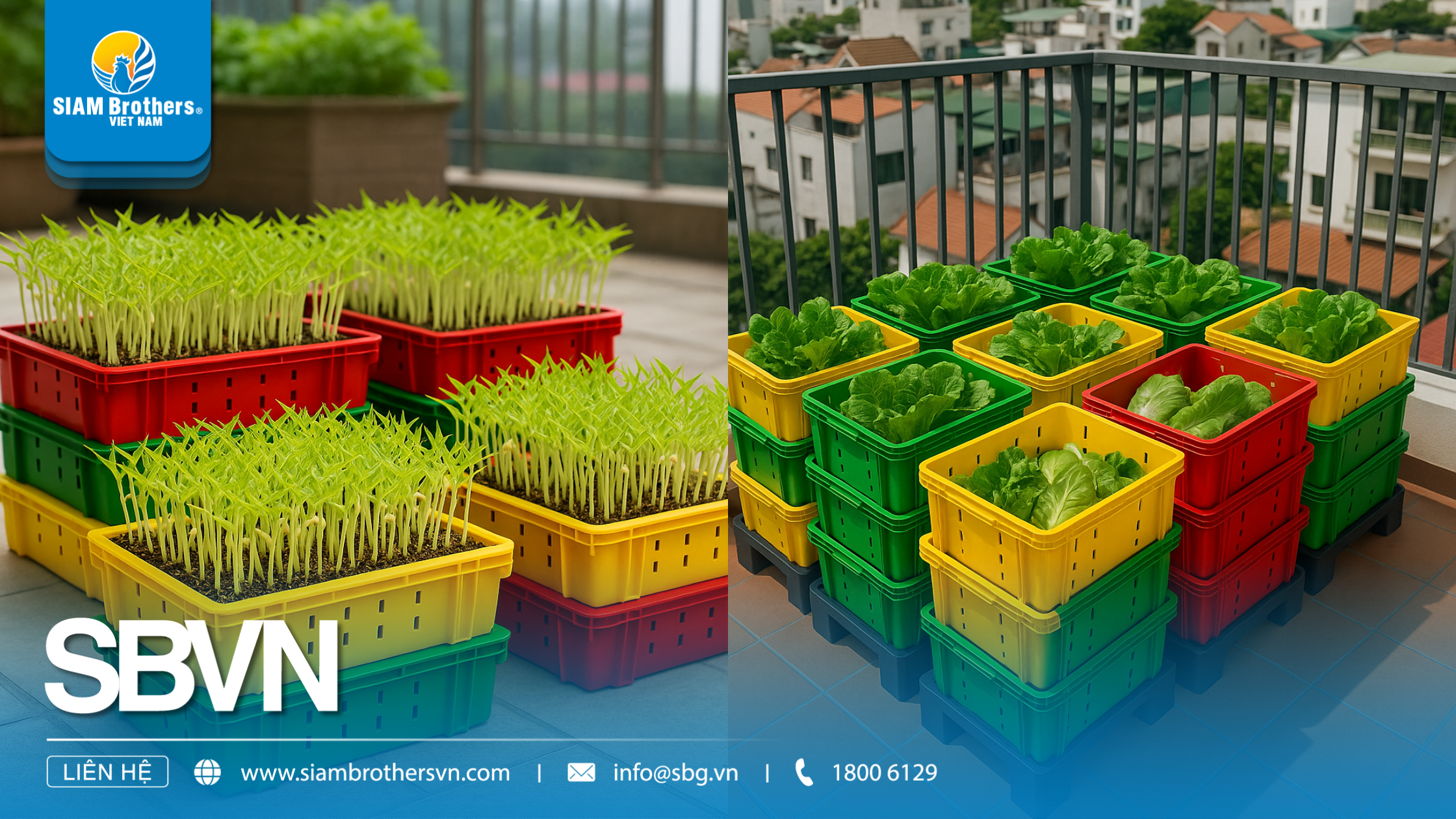
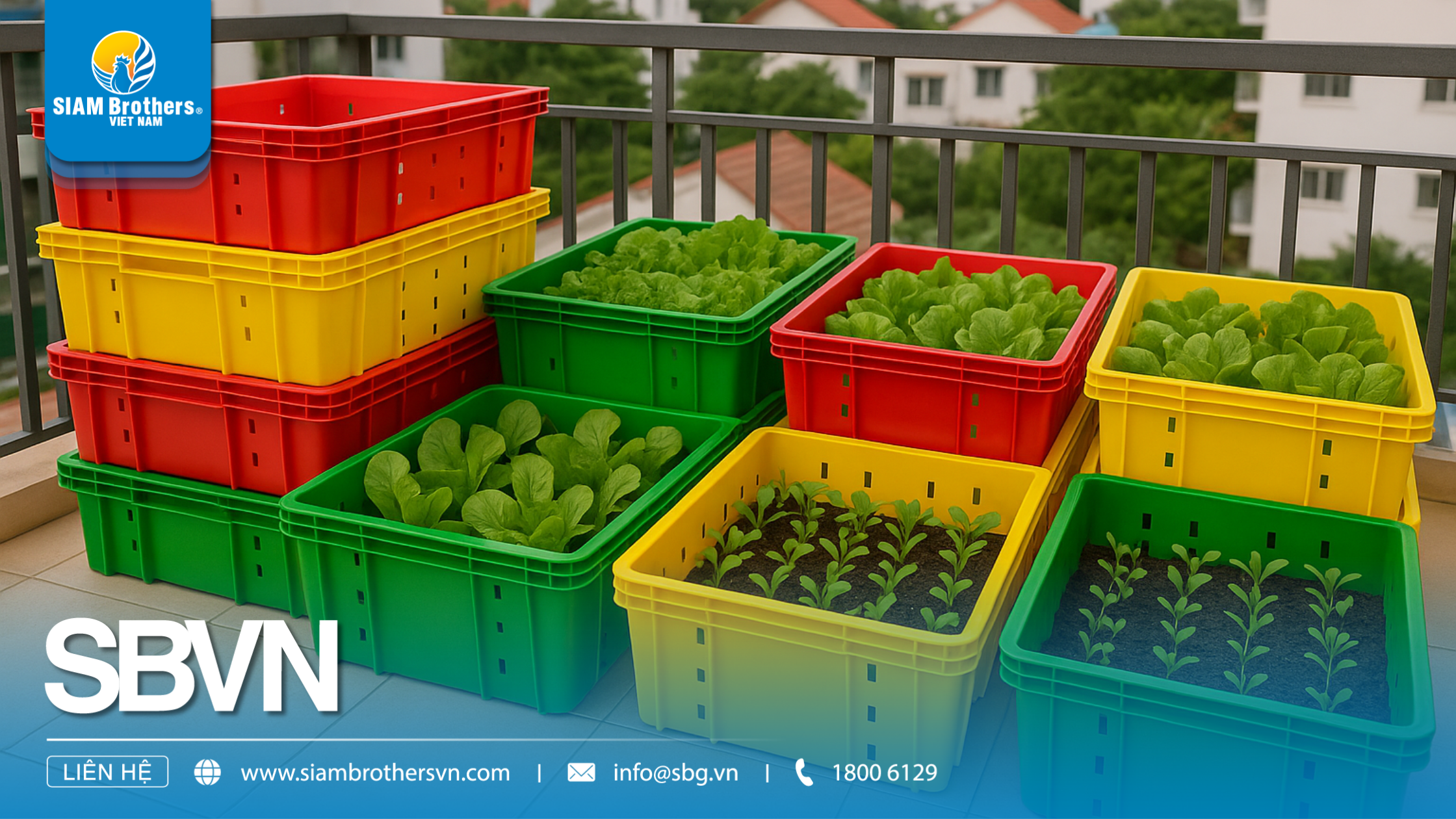
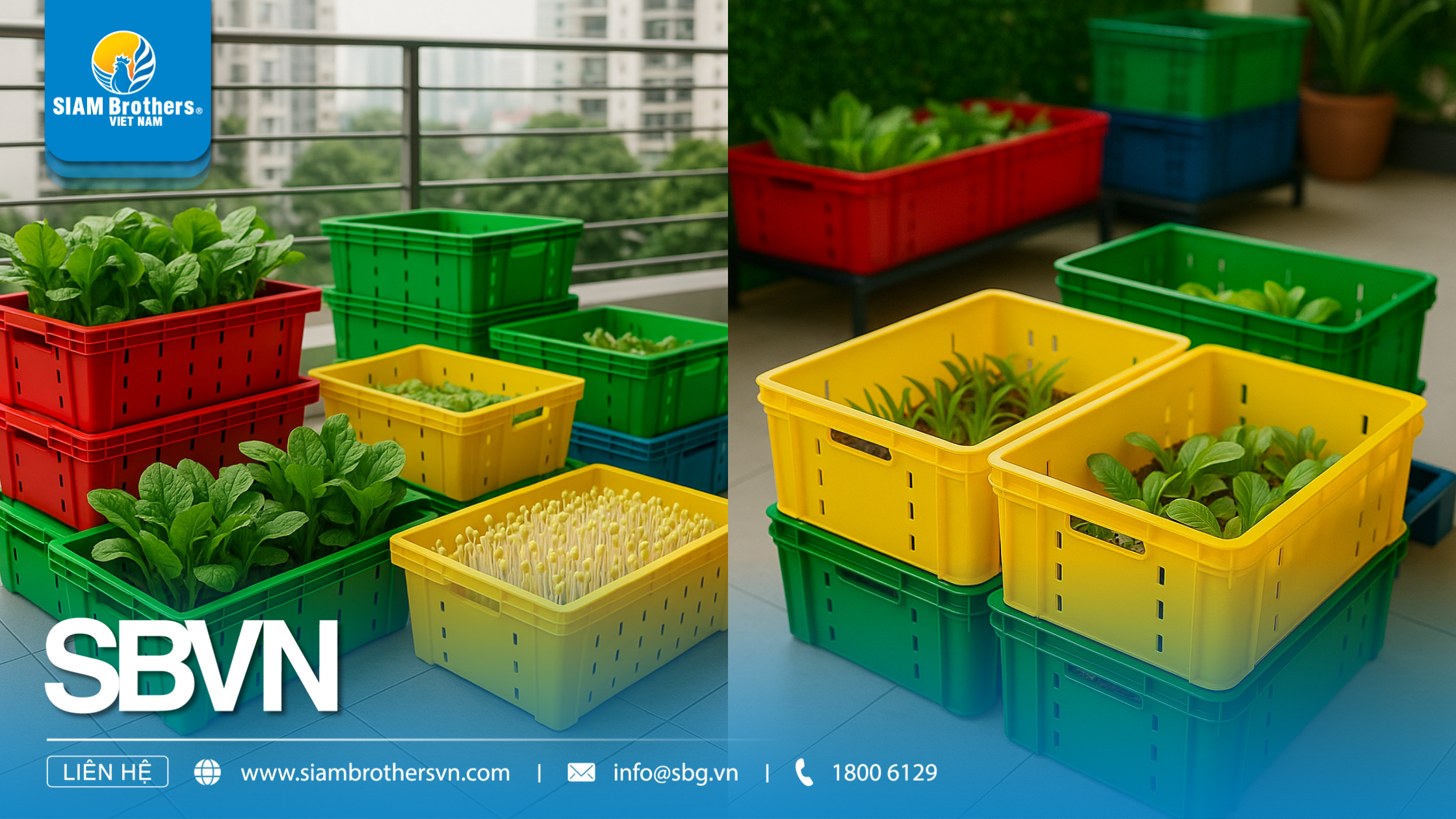
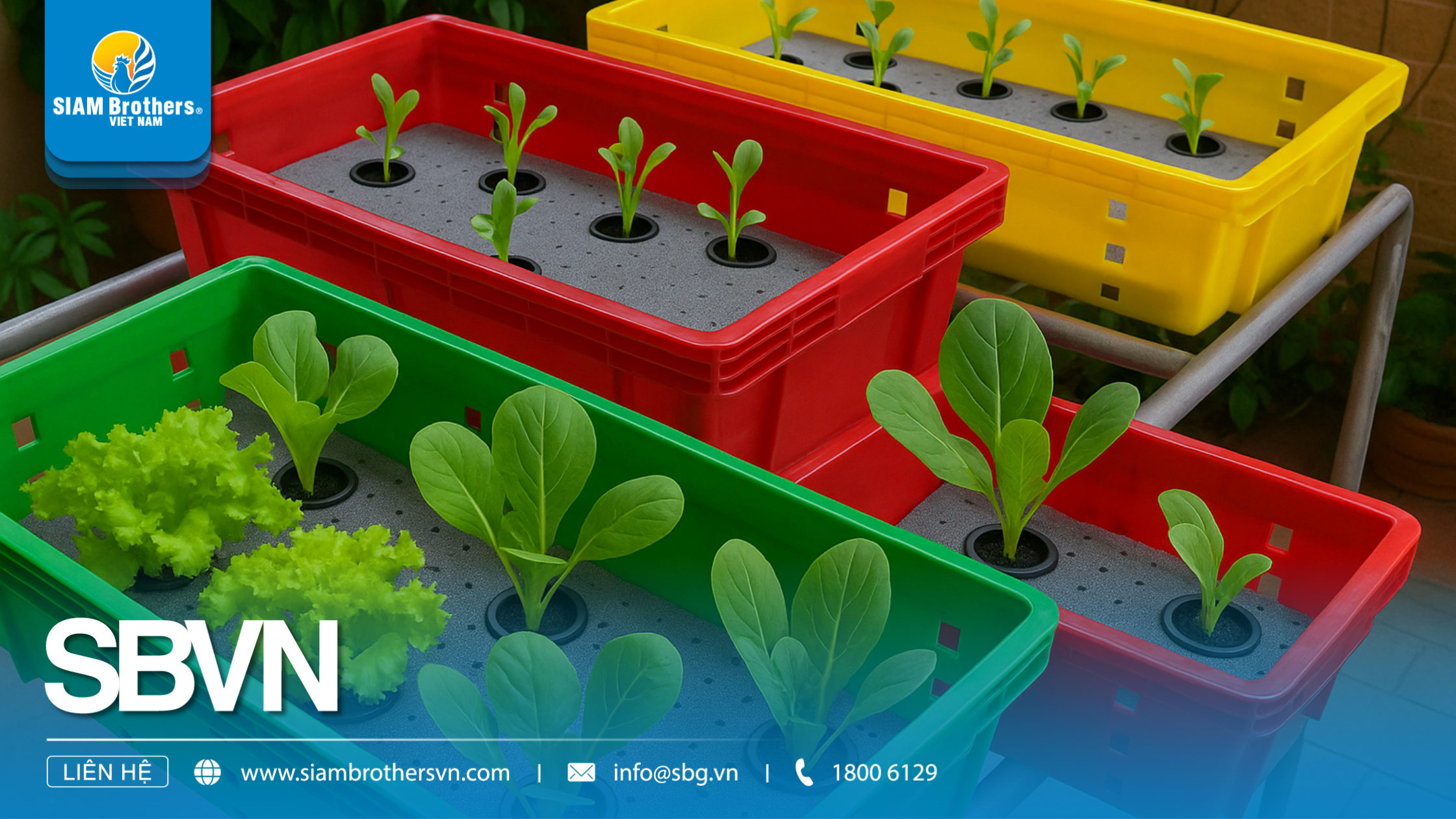
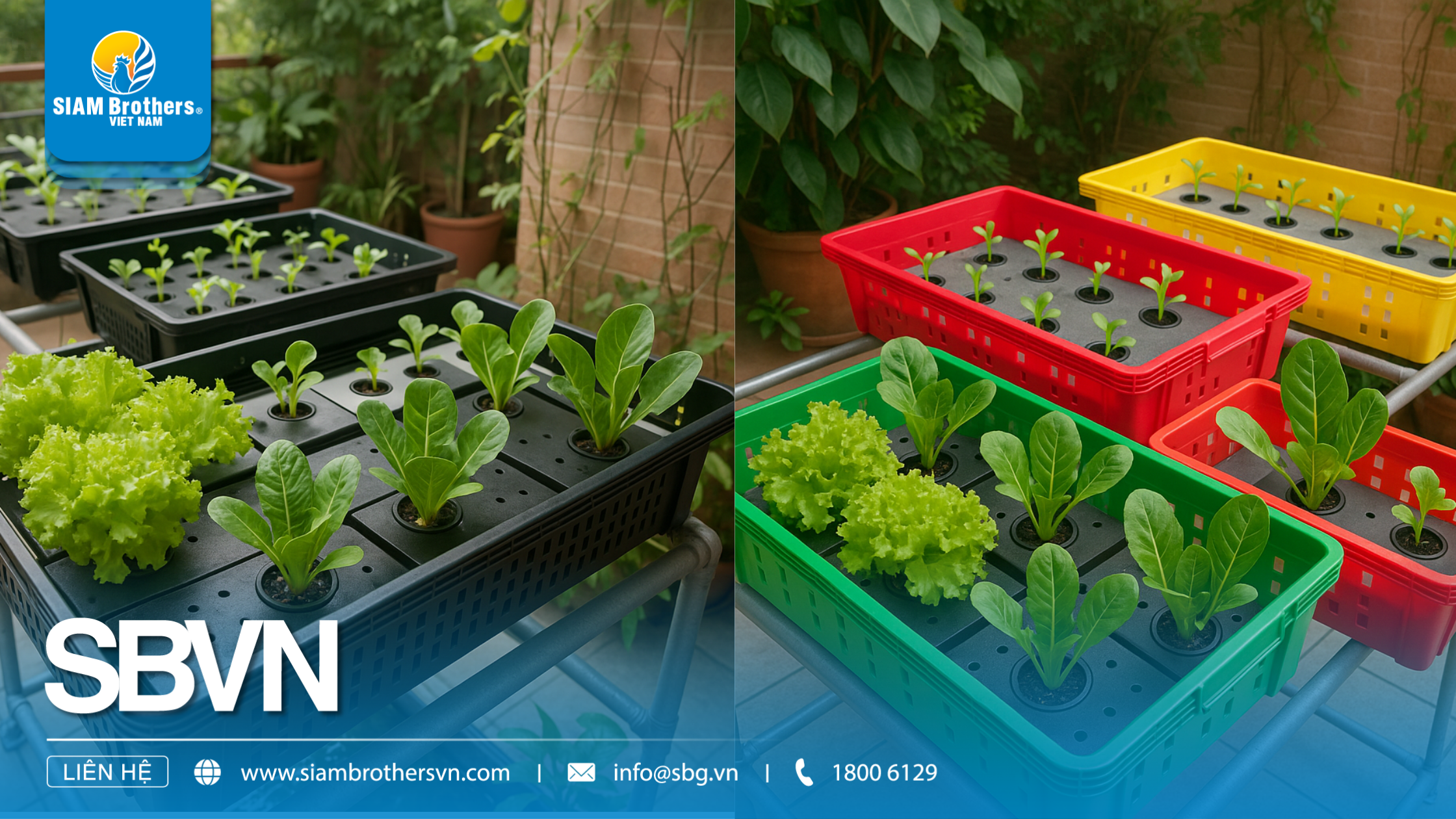
After harvesting:
Clean vegetable growing plastic trays are the perfect solution for anyone looking to create a small green garden right at home. With a simple growing process, reasonable cost, and long-term effectiveness, you can easily cultivate a safe and steady supply of vegetables for your family. The key is to choose high-quality trays, follow proper care steps, and apply the right techniques to help your plants thrive.
Ready to start your home gardening journey?
Explore high-quality clean vegetable growing plastic trays from SIAM Brothers Vietnam and turn your living space into a green, clean, and healthy sanctuary today!
Source: SIAM Brothers Vietnam
Contact us:
Address: 5th floor, VRG Building, 177 Hai Ba Trung Street., Vo Thi Sau Ward, District. 12, Ho Chi Minh City, Vietnam
Tel: (+84) 28 38 912 889
Hotline: 1800 6129
Facebook: www.facebook.com/siambrothersvn
Email: info@sbg.vn
YouTube: youtube.com/@siambrothersvietnam1728
OA Zalo: zalo.me/1402339229697925373
App SBVN ID:
CHPlay: https://bit.ly/SBVNID-Android
Appstore: https://bit.ly/SBVNID-iOS
